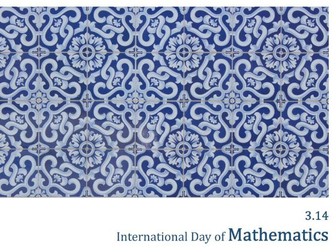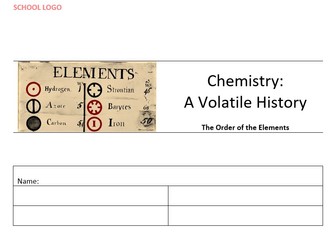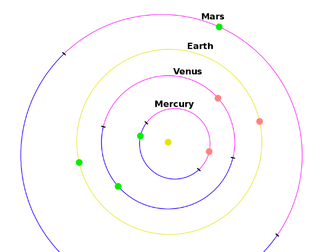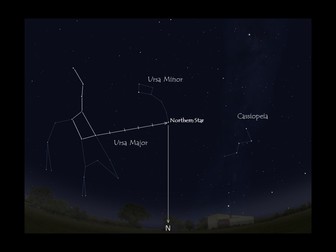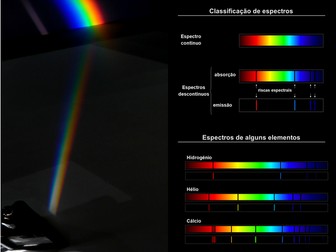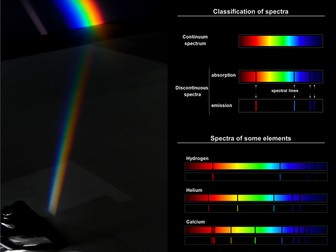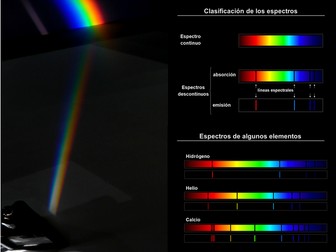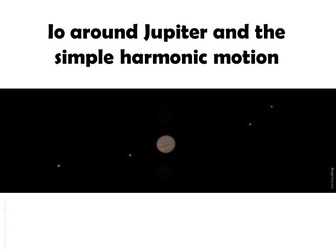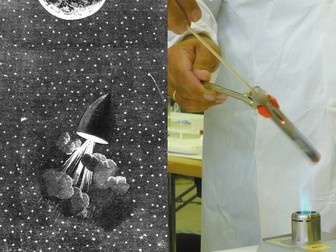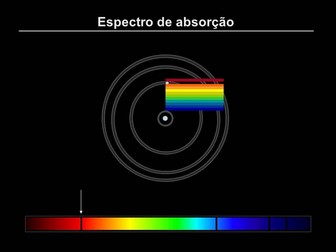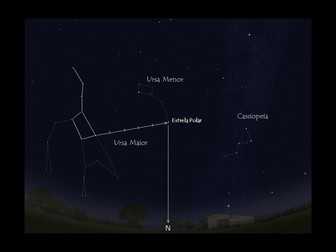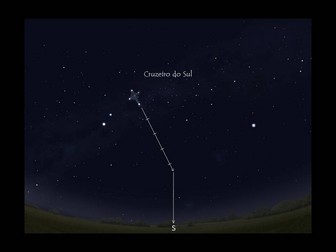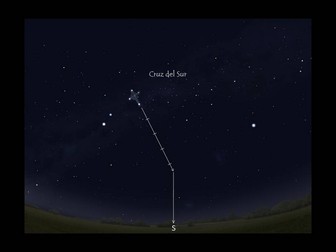
International Day of Mathematics / Pi Day
Posters intended to celebrate the International Day of Mathematics, or Pi Day. The material is fully editable and consists in:
Two sets of posters (9 with portrait orientation and 7 with landscape orientation) printable up to size A2. The images in the posters illustrate the themes: Honeycomb Conjecture, Golden Angle, Symmetries, Fractals, Chaos Theory, Pi, Logarithmic Spiral and Prime Numbers. Two of the posters make an introduction to The International Day of Mathematics where you can add your school logo or any other logo needed;
The posters are accompanied by smaller posters, intended to be A5 in size, to be place near each poster and explain the relation between Mathematics and the image;
A document with links to YouTube videos related to the themes of the posters that can be exhibited in a TV at school.
